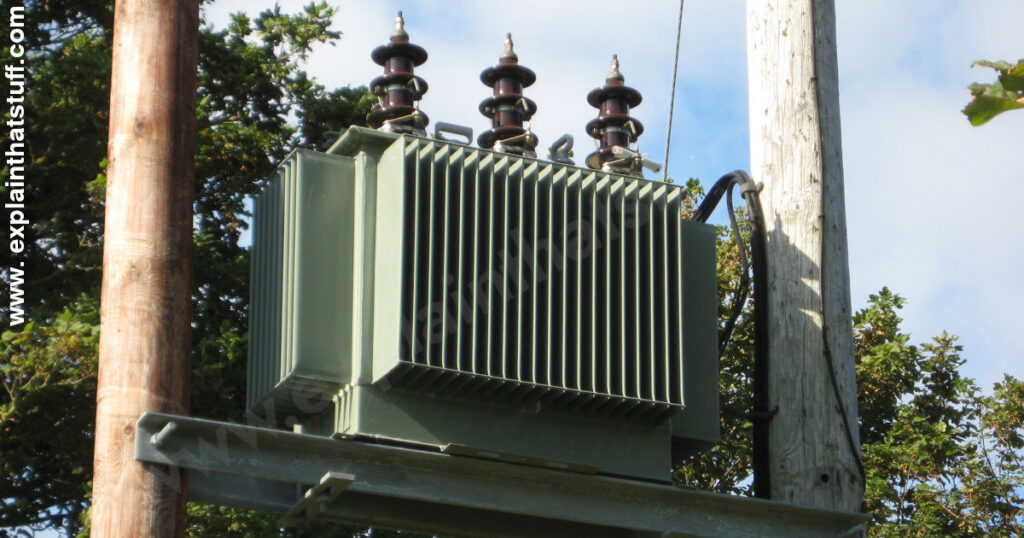High-voltage transmission systems rely on components that deliver long-term durability and dependable performance. The poles serve as the central feature of these systems, providing stability and support. When built as spec-grade structures, poles can meet demanding conditions and provide predictable results. These are the importance of spec-grade power poles for high-voltage lines:
Handling Structural Demands
High-voltage lines place significant stress on supporting poles. Spec-grade poles are designed using materials tested for strength and resilience, allowing them to handle extreme winds, ice, and mechanical tension that standard poles may not withstand. Large transmission corridors can experience structural failures that impact service reliability and infrastructure investments.
Engineers select spec-grade poles because they provide consistent performance across varied terrain and environmental conditions. Pole geometry and material composition are key considerations, with laminated wood, composite, and steel poles engineered to meet specification-grade requirements. Each material undergoes testing to confirm its expected strength and load-bearing capacity, supporting long-term service life.
Supporting Safety Goals
Spec-grade poles enhance safety in high-voltage line construction and operation by minimizing the risk of collapse, sagging, or breakage. They reduce hazards in populated or environmentally sensitive areas, preventing accidents, service interruptions, and secondary incidents such as fires. These poles provide proper clearance, grounding systems, and resilience against extreme events, enabling utilities to maintain consistent safety standards.
Promoting System Reliability
Electric grids rely on continuous power flow, and supporting poles play a key role in maintaining service. Poles built to specification standards are designed to reduce the likelihood of outages. Transmission networks are often planned decades in advance, and durable, specification-grade poles contribute to overall stability and performance in high-capacity corridors. Reliability can also reduce the need for frequent maintenance and repairs.
Resilience to natural events, such as hurricanes and wildfires, is one factor in evaluating pole performance. Poles constructed to higher standards can help manage stresses that may affect other system components. This can lead to fewer service interruptions and shorter restoration times, supporting consistent electricity delivery across the network.
Aligning Regulatory Standards
Energy infrastructure must meet strict regulatory requirements, and utilities often rely on spec-grade power poles to align with performance, environmental, and safety standards. Documentation and testing are conducted before these poles are used in transmission projects to support compliance. Structural codes and load requirements vary by region, and engineers use spec-grade poles because they are designed according to established standards, which helps reduce risks during inspections or audits.
As engineering materials and practices advance, standards continue to evolve. Spec-grade poles can be easily adapted to reflect these changes, supporting long-term compliance. Utilities benefit from infrastructure that aligns with both current and future guidelines, promoting consistent performance and reliability.
Advancing Future Capacity
Electricity demand continues to grow in tandem with the expansion of industries and communities. Infrastructure must be capable of handling increased loads while supporting the addition of new transmission lines. Spec-grade poles are designed to accommodate these evolving requirements and maintain reliable service.
Advances in engineering allow these poles to carry heavier lines over longer distances while adapting to changing work conditions. This flexibility helps integrate renewable energy sources and establish regional connections. It also supports upgrades to existing transmission systems without compromising safety or performance.
Utilities planning decades prioritize infrastructure that can adjust to shifting demands. Installing spec-grade poles provides a strong foundation capable of meeting both current and future energy needs. These poles contribute to long-term reliability, efficiency, and adaptability of the electric grid.
Choosing Reliable Power Poles
Spec-grade poles offer clear benefits for utilities operating high-voltage lines, enhancing safety, reliability, and system longevity. Companies upgrading infrastructure can gain valuable guidance when comparing pole types and installation methods. Professional services help align project objectives with established engineering standards and best practices. Consulting experts in power poles supports long-term planning and helps prepare infrastructure for future demands.



